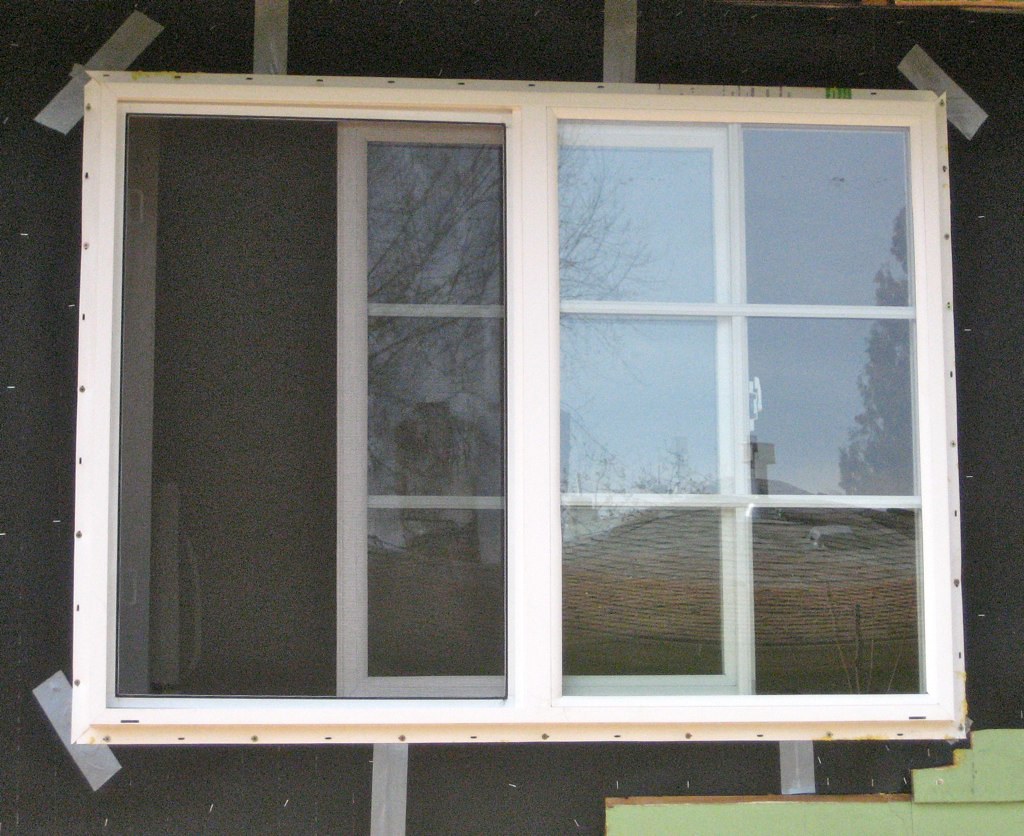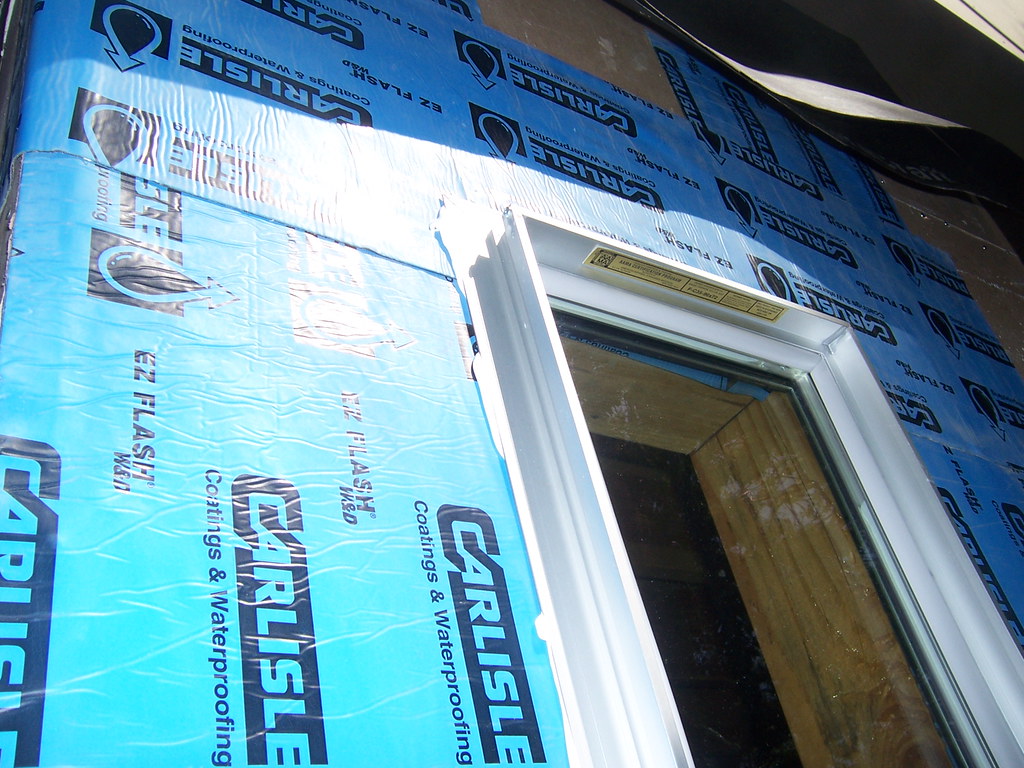In many older homes, the presence of a window in the shower is often due to the conversion of a bathtub alcove into a shower stall. While this can provide natural light and ventilation, it also presents challenges in terms of waterproofing and maintenance.

Ensuring a watertight seal around a shower window is essential to prevent water damage. There are several waterproofing options available:
One straightforward method is the use of a shower curtain to cover the window entirely. Another option is replacing the existing window trim with water-resistant materials.

Fixing or replacing the window sill with a material that slopes back into the shower can help water drain properly. Additionally, replacing the window with a vinyl or fiberglass model is recommended, as these materials are water-resistant.
Glass block windows offer an excellent solution for maintaining privacy while allowing diffused light into the shower. They are also highly effective in preventing moisture penetration.

For homeowners seeking a long-term solution, removing the window and closing up the space is a viable option. This allows for inspection and repair of any water damage to the wall studs and provides a clean slate for waterproofing.
If relocating the window is preferred, consider decreasing its size and making it fixed (non-operable). Using vinyl or fiberglass material for the frame, rather than wood, will offer better resistance to moisture.
When adding a window in a tiled shower enclosure, it is crucial to protect both the window and the exterior wall from moisture damage. Here are some recommended steps:
Continue the tile into the window jamb and use materials like Corian for the sill to allow water drainage. Apply a waterproof membrane such as Schluter's Kerdi and seal joints with silicone caulk.
Vinyl-clad windows in a wooden jamb can offer protection from moisture. Ensure that the joint is caulked with silicone and sealed with a waterproof membrane.

Regularly check for cracked joints due to temperature changes and make repairs as needed. Applying a generous amount of sealant around the window frame and removing excess sealant can prevent water seepage.
When installing new shower windows, consider the type of window, such as awning, casement, or glass block, and ensure proper window caulking techniques are used. Placement is also crucial; placing the window on a wall adjacent to the showerhead can keep it drier, and options like clerestory windows offer privacy and natural light.
Despite the challenges, having a window in the shower can enhance the bathroom's aesthetic appeal, provide natural light, and improve ventilation. With proper waterproofing and maintenance, homeowners can enjoy these benefits without worrying about water damage.

Immerse yourself in architecture’s most boundary-pushing ideas—where innovative home improvements meet visionary urban developments. Discover new building techniques, materials, and creative concepts that are redefining how we shape our spaces on a global scale.